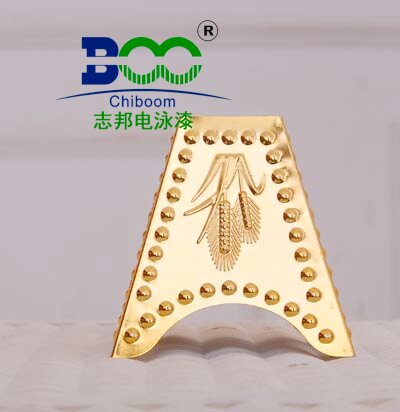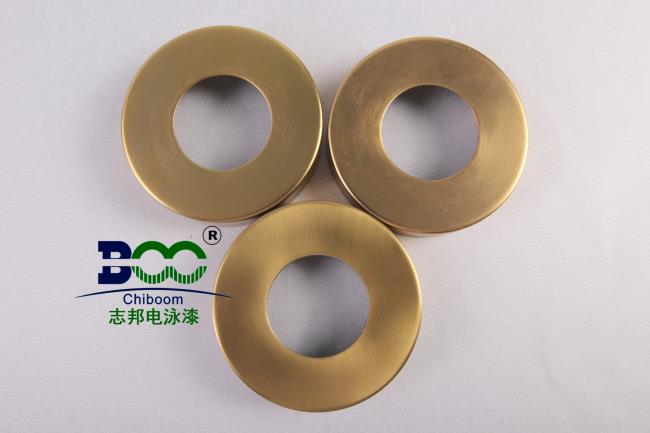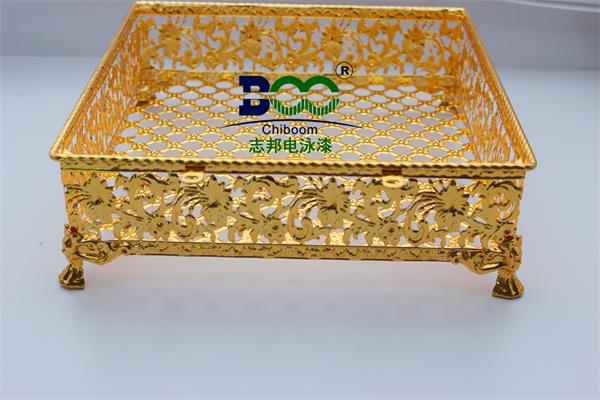What causes orange peel in electrophoretic paint?
Electrocoating, known for its efficiency and environmental friendliness, is widely used in various industries, including automotive, appliances, and hardware. However, in practical production, the electrocoat surface occasionally suffers from cratering issues. These not only affect the product’s aesthetic quality but may also compromise the protective performance of the coating. So, what exactly causes craters in electrocoat? Today, we will delve into the root causes of crater formation and explore corresponding solutions to help you tackle this challenge with ease.

First, let’s define what craters are in the context of electrocoat. Craters are small, irregular凹 convex points on the electrocoat surface, typically ranging in diameter from 0.1 to 2mm. These craters not only mar the appearance but can also become weak points in the coating, reducing its corrosion resistance and mechanical strength. Now, let’s analyze the primary reasons for electrocoat cratering, which can be attributed to several factors: inadequate pretreatment, electrocoat bath issues, improper process parameters, defects in the workpiece itself, and contaminated compressed air. Pretreatment is the foundation of electrocoating, directly impacting the adhesion and appearance of the electrocoat film. If the workpiece surface contains oil, rust, dust, or other impurities, it can lead to poor adhesion between the electrocoat and the substrate, resulting in craters. Oil contamination, in particular, acts as a barrier, preventing contact between the electrocoat and the workpiece surface, leading to… During the electrocoating process, compressed air is often used for bath agitation or workpiece drying. If the compressed air is contaminated with oil, moisture, or other impurities, these contaminants can adhere to the workpiece surface, causing craters. Having identified the problems, we can take targeted measures to address them. By strengthening pretreatment, maintaining the bath, optimizing process parameters, improving workpiece quality, and purifying compressed air, we can effectively reduce or even eliminate crater formation, enhancing the quality and efficiency of electrocoating. For instance, strictly control the pretreatment process to ensure the workpiece surface is clean and free of contaminants. Employ multiple cleaning steps, such as degreasing, pickling, and phosphating, and regularly check the concentration and cleanliness of the cleaning solutions. Regularly monitor various indicators of the electrocoat bath, such as solid content, pH value, and solvent content, and make adjustments accordingly. Simultaneously, enhance bath filtration to remove impurities. Optimize the electrocoating process parameters based on the workpiece material, shape, and electrocoat characteristics to ensure that voltage, time, and temperature are within appropriate ranges. For workpieces with inherent defects, methods like grinding or polishing can be used for repair, or alternative coating processes can be employed to mitigate the issues. Install compressed air filtration devices to remove oil, moisture, and other impurities from the air, ensuring its cleanliness.
Cratering in electrocoat is a complex issue that requires a multifaceted approach to analysis and resolution. We hope this article helps you better understand and resolve electrocoat cratering problems. If you have any additional experiences or methods to share, please feel free to leave them in the comments section below!





 WeChat
WeChat